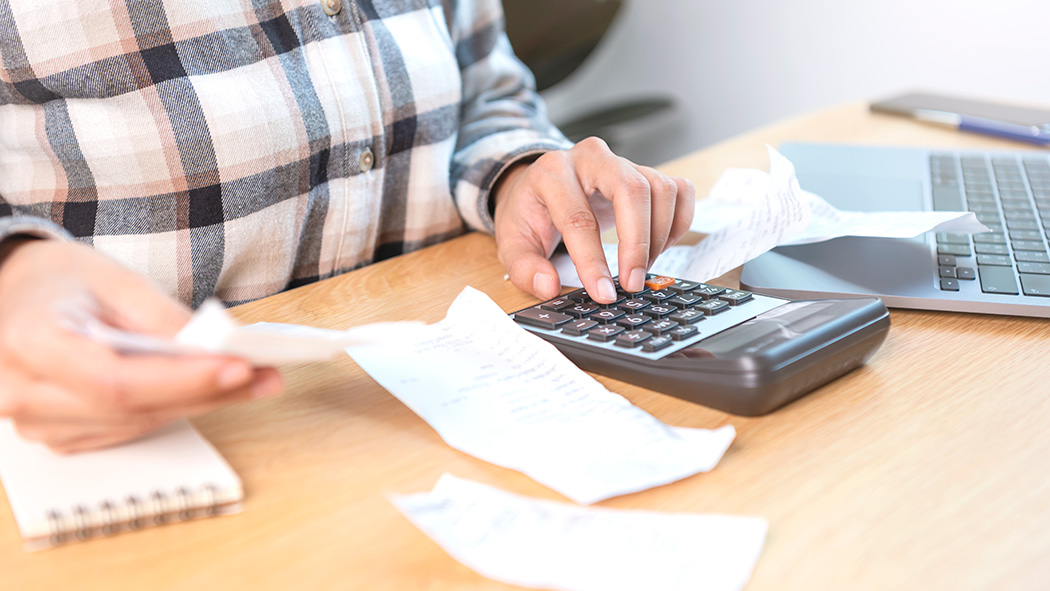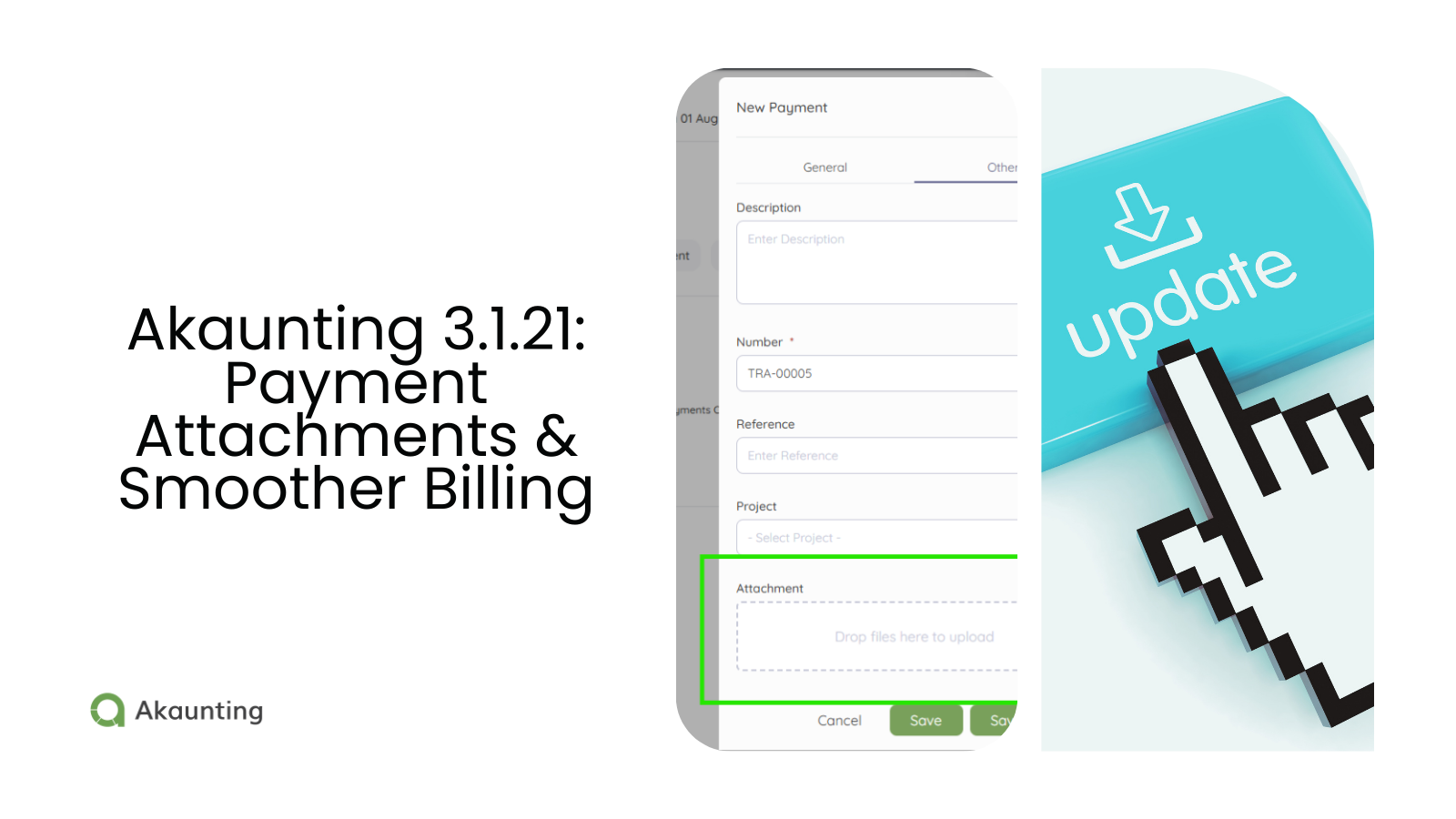What are Expense Accounts in accounting?
Reading Time: 3 minutes“You have to spend money to make money” is everyday phrase entrepreneurs use. While spending helps to grow your business, tracking what you spend is essential, and that’s where the Expense accounts play a vital role.
Expense accounts keep records of business expenditures incurred to generate revenue and ensure continuity and stability within an accounting period – a month, quarter, or year. They are considered temporary accounts.
Many types of expenditures are recorded in the expense accounts that highlight a company’s business operations and financial structure. Examples are rent expenses, interest expenses, the cost of goods sold, utility expenses, and more.
Types of Expense Accounts?
Expenses can be classified into three:
- Operating Expense
- Cost of Goods Sold (COGS)
- Non-operating expense
Operating Expense (OPEX)
These are expenses incurred while carrying out day-to-day business operations and are almost necessary and unavoidable.
The goal is always to keep OPEX low without reducing the capacity to compete or perform better than competitors. Success in reducing operating expenses while staying competitive in a business niche often leads to an increase in earnings.
It is always necessary to balance the reduction of OPEX and maintaining business operations’ quality.
Operating expenses include rent, equipment, inventory costs, marketing, payroll (excluding labor for manufacturing), Insurance, Travel expenses, Utilities, and more. These expenses are reflected on a company’s income statement.
On the cash flow statement, operating cash flow measures the cash coming into and out of business from these operating activities.
You can use the Operating Expenses to calculate your operating income.
Operating Income = Gross Profit – Operating Expenses
Examples of Operating Expenses
- Marketing costs
- Legal fees
- Property taxes
Check out ten simple ways to avoid paying taxes
- Entertainment costs
- Advertising Cost
- Entertainment Cost
- Travel Cost
- Insurance costs
- Office Supplies
- Rent costs for non-production facilities
- Repair costs for non-production facilities
- Salaries paid to the Employees
- Printing & Stationery
- Telephone Expense
Cost of Goods Sold (COGS)
This measures the direct cost incurred in producing and selling a business’s goods or services.
Depending on the nature of a business, the time, labor, or any resource that goes into the manufacture of a product or delivery of a service is recorded under COGS.
It is essential to track your costs of goods sold as it helps small business owners understand break-even points and profitability (making or losing money).
The cost of goods sold is a significant input in profit and loss statements (income statements).
The standard formula for calculating the cost of goods sold for physical products:
Beginning Inventory + Purchases - Ending Inventory = Cost of Goods Sold.
Examples of Cost of Goods Sold (COGS)
- Raw materials (anything a business uses to provide a service or create a product).
- Labor
- Warehousing cost
- Items purchased for resale.
- Purchase returns and allowances.
- Cash discounts.
- Freight in
Non-operating expense
These are expenses that are indirectly associated with the day-to-day operations of a business.
These expenses include interest payments on debt, payments to settle lawsuits, inventory write-offs, restructuring/reorganizing costs, and costs from currency exchange.
They are often recorded at the bottom of your company’s income statement.
Final thoughts
As a small business owner, keeping track of your expenses is crucial to avoid financial challenges. Accounting Softwares help you track, manage, review and automate all your business-related expenses.
Expense Accounts Frequently Asked Questions (FAQs)
How to close expense accounts
Because expense accounts have a debit balance, it’s important that when preparing a statement for an accounting year, you record a journal entry that credits each expense account for its year-end balance. The opposite side of the entry will be made to “income summary,” a temporary holding account. The income summary will then be closed out to retained earnings, a balance sheet equity account.
What is a bad debt expense?
When a receivable is no longer collectible due to a customer’s failure to fulfill their obligation to pay outstanding debt, it could be a result of bankruptcy or other financial problems.
What is uncollectible account expense?
It is the charge incurred when a customer defaults on a payment. It is only recognized when there is certainty about the inability of the customer to fulfill their obligation to pay.
Is Accounts payable an expense?
Although Accounts payable is often mistaken for a company’s operational expenses, it is a liability that shows that a company owes money to one or more creditors/vendors.
What is an accrued expense?
An accrued expense (or accrued liabilities) is an expense that is recognized on the books before it has been paid within an accounting period.
Accrued Expense vs. Accounts Payable
The amount owed under an accrued expense can change as it may be an estimate, while an accounts payable comes at a fixed amount.
Does an expense appear on the balance sheet?
Expenses appear directly in the income statement and indirectly on the balance sheet.
What are non-deductible expenses?
Non-deductible are expenses a company can’t subtract from its income before it is subject to taxation. These non-deductible expenses are reported on IRS Schedule K-1, Box 18, with Code C (USA).




